| | Our flip-floppy weather may or may not be settling down with easing into warm weather. But our considerable rain was a wonderful start! Chances are that the weather will continue warming up, so best to begin planting summer veggies and flowers rather than more cool-season lovers. Plant Tomatoes Tomatoes can handle still-cool soil temperatures and cool nighttime air temperatures, so do plant varieties you find at nurseries and Tomatomania events. Don’t Plant Others Quite Yet But, hold off on planting other warm-season lovers like beans, cucumbers, eggplants, and squashes. Seedlings currently in nurseries have been rushed to market and were grown in too-hot greenhouses and can’t adapt to inconsistent air temperatures and cold soil temperatures. At best, they’ll “sulk” for a month and never really catch up and thrive. And that’s only if they don’t die first. Wait a month to plant both seeds and seedlings, when soil is warmer and air is consistently mild to warm. Another month after that, reseed whatever didn’t come up, and they’ll all thrive together in the heat. Back to Tomatoes This year, I’ve already planted my first set of favorite varieties, purchased as I found them in nurseries and let them acclimate near where I'd plant them for two weeks before I actually got them planted. These were Ace, Big Rainbow, Black Krim, Celebrity, Green Zebra, Isis Candy, Paul Robeson, and Sungold. I always grow Ace, Black Krim, Celebrity, Sungold for their flavor and quantity. I’m giving a second chance this year to Big Rainbow, Green Zebra, and Isis Candy. I’m trying Paul Robeson for the first time. Other standbys that I’ll purchase and plant when I find them - probably at Tomatomania or at San Gabriel Nursery - include Pink Brandywine, Cherokee Purple and Stupice. Varieties that I grew last year but weren’t thrilled about included Brandy Boy, Chocolate Stripes, Jaune Flamme, Odoriko, and Pineapple. Maybe I’ll give them another chance this year. I have 6 open spots for varieties that I'll try for the first time this year, that other people rave about this time around. And I have another 4 spots for second plantings of Celebrity toward the end of May to carry me through the rest of the summer to at least Thanksgiving. I've found that planting new plants later than that is not worth it - they're too hard to keep alive and healthy through our summer heat to provide tomatoes after mid-August If hornworms have plagued your tomatoes in the past, consider planting cherry tomatoes. Their thicker skins and higher alkaloid content seem to repel the worms. Adult hornworms are the larval form of large fast-flying, mottled gray or brown moths that will hover near tubular flowers at dusk later this summer. As you work your soil prior to planting, destroy the pupae -- the hard, brown, two-inch long, spindle-shaped cases with a handle that are buried three to four inches underground. Come Say Hi at Tomatomania at Descanso Gardens on Sunday, April 8 I'll be at Descanso chatting with visitors most of the day. My presentation on "Growing Great Roots for a Productive Tomato Season!" will start at 1pm. Add Edible Flowers Add to your garden some edible flowers for their foliage, bloom, and flavor. You may already grow some -- the edible portion of artichoke, broccoli, and cauliflower are all immature flowers. Nasturtium leaves and flowers both taste peppery. Squash and borage blossoms have a cucumbery flavor. Some marigolds taste unpleasantly strong, but others are mild. Be sure, however, to eat only flowers and foliage that haven't been sprayed with a pesticide not registered for food. Encourage Beneficials To encourage beneficial insects to populate your garden, provide them with their chosen foods and habitats. Many weeds -- including lamb's quarters, nettle, knotweed, pigweed, and cocklebur -- as well as many cultivated annuals, perennials, and herbs are food sources for two of the most important orders of beneficials, wasps and flies. Most of these plants are members of two families, the umbelliferae and the compositae. Umbelliferae - such as anise, carrot, caraway, coriander, dill, fennel and parsley -- have many tiny flowers arranged in tight umbels. (To help yourself remember their name, think of them as upside-down umbrellas.) Compositae - such as black-eyed Susan and strawflower - have a daisy-like central disc flowers surrounded by many ray petals. Mustard flowers attract lacewings (for aphids) and parasitic wasps (for cabbage caterpillars and coddling moths, but they don't bother people or pets). More to Do In The Garden For more garden tasks to do now, check out April on my website under “Monthly Tips”. The direct link = http://www.gardeninginla.net/april.html |
|
2 Comments
|
Categories |

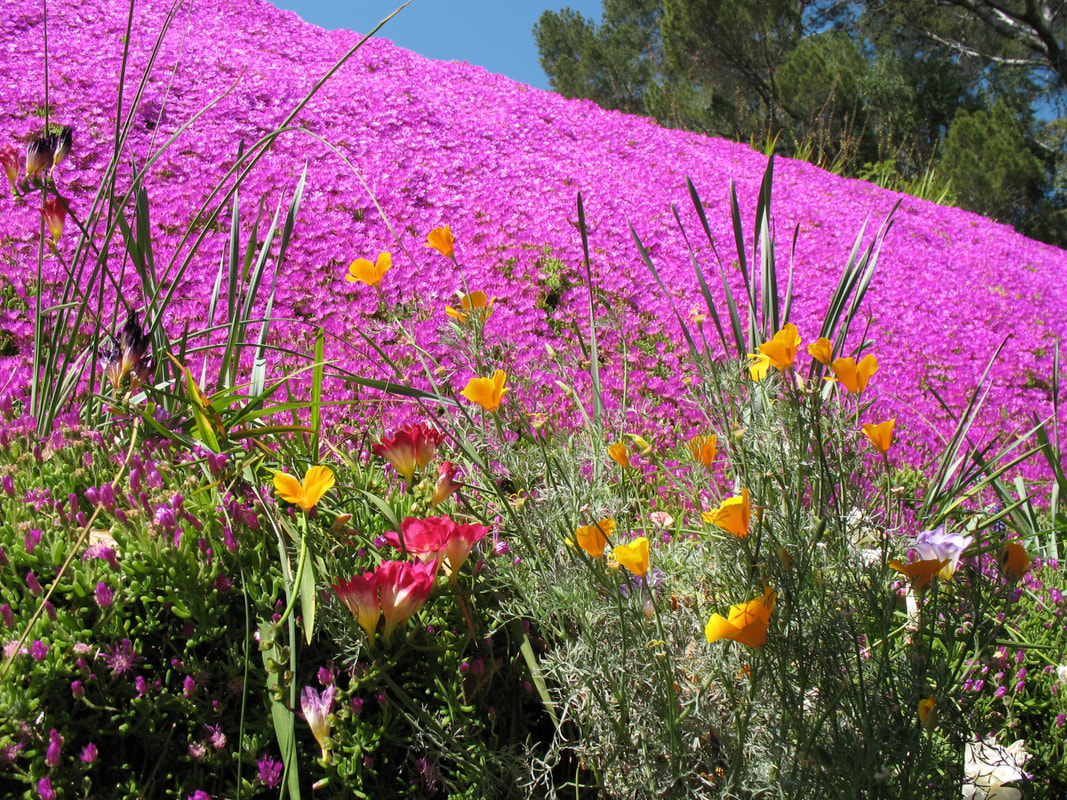
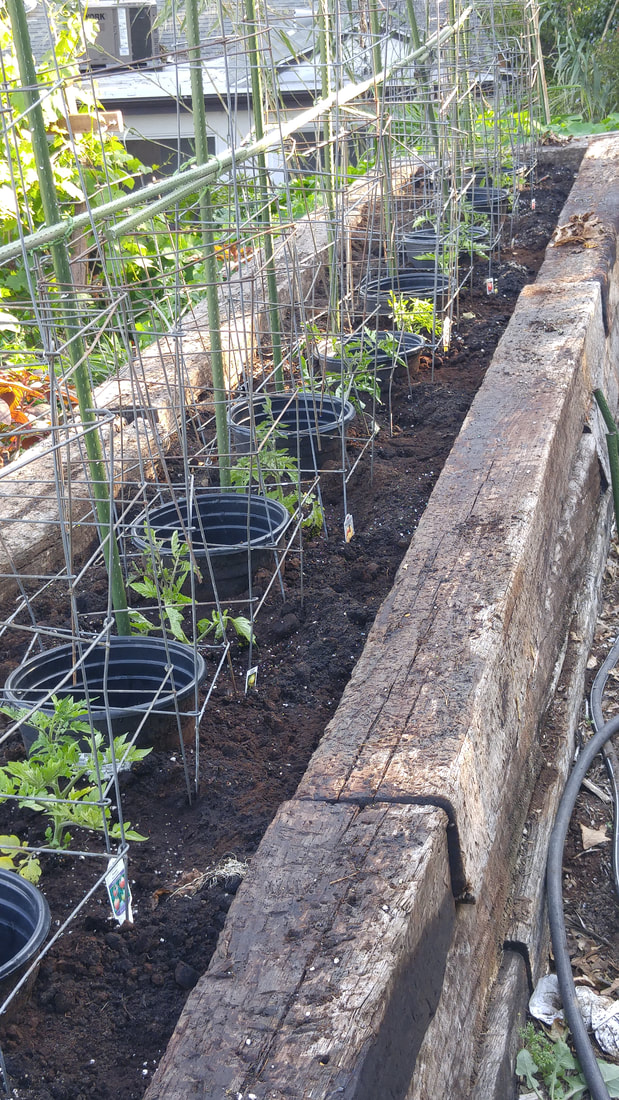
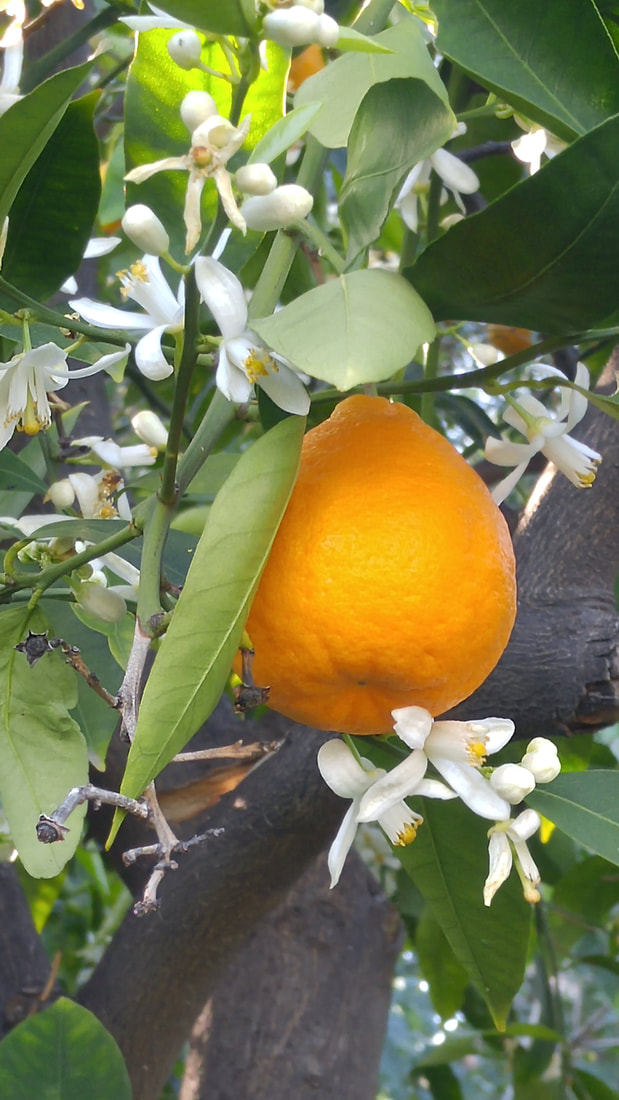
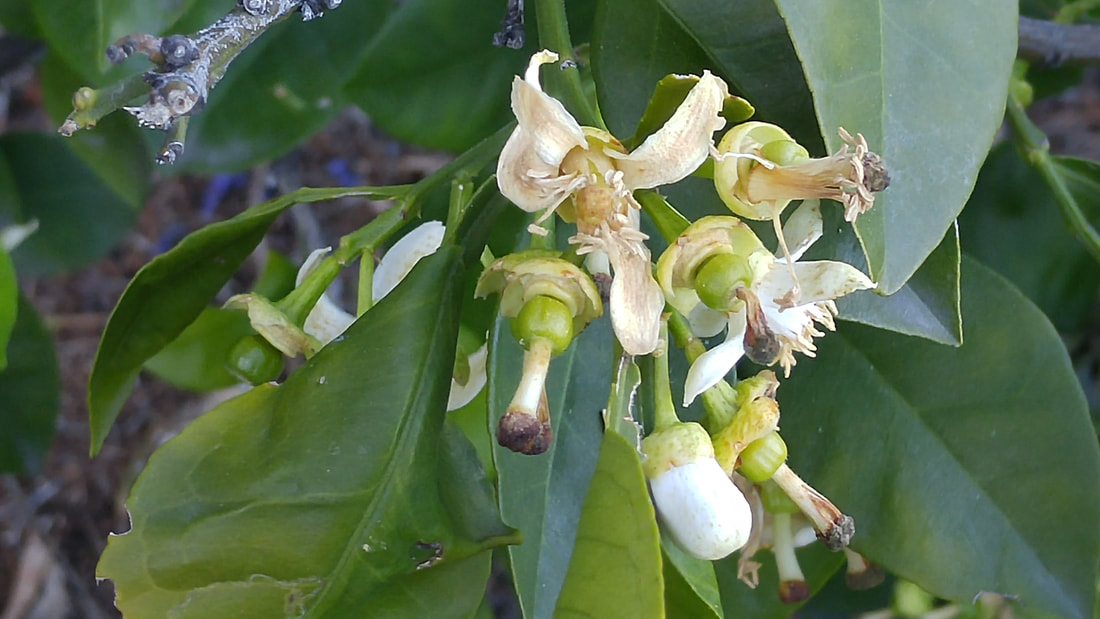
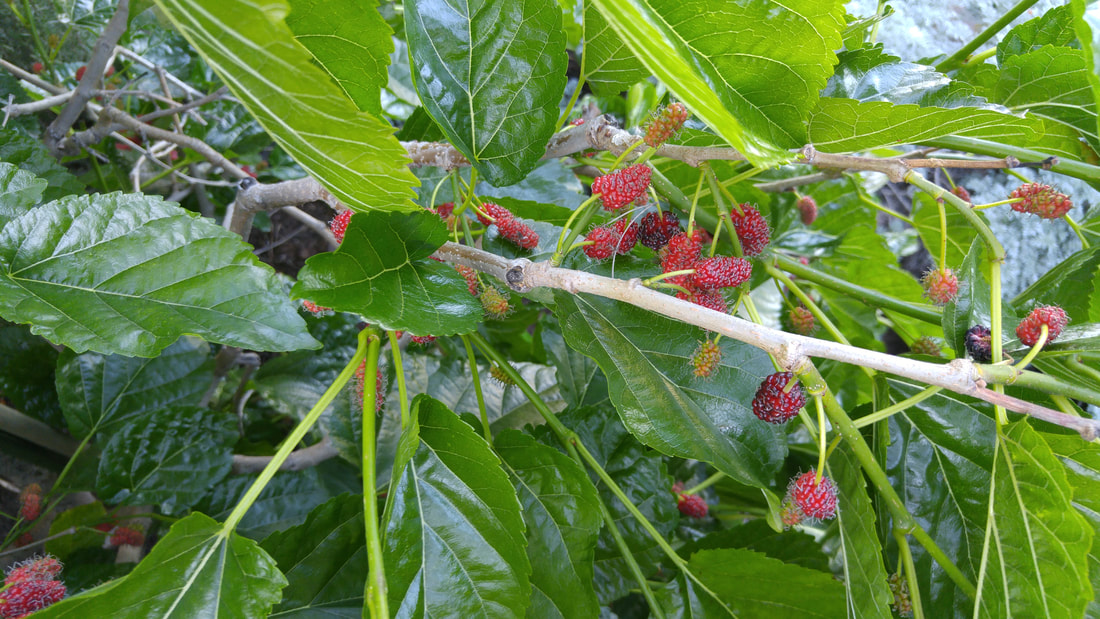
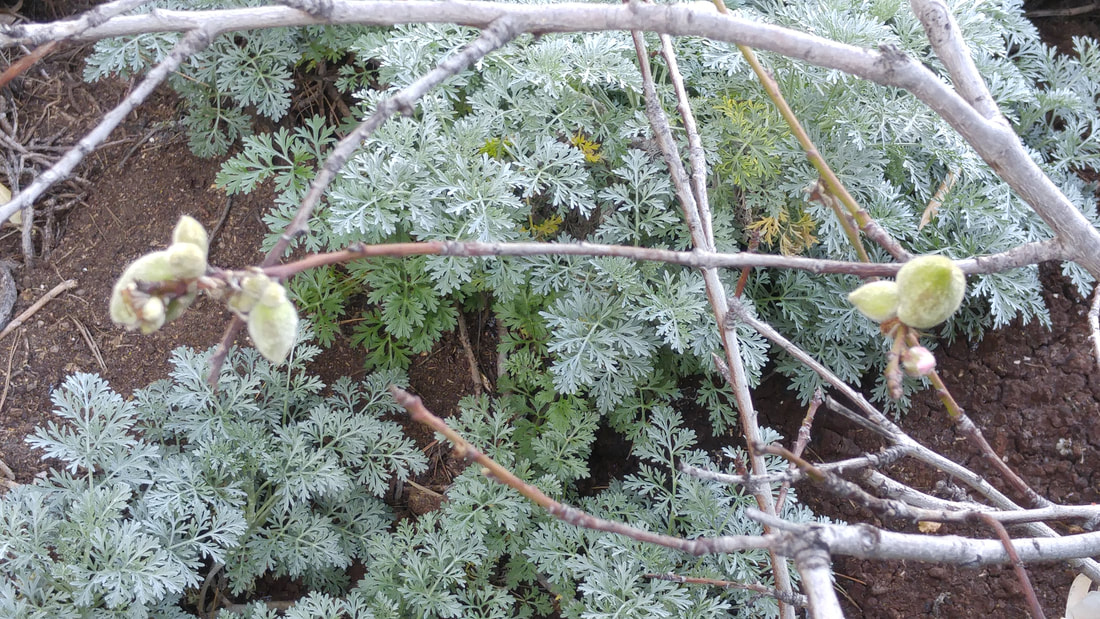
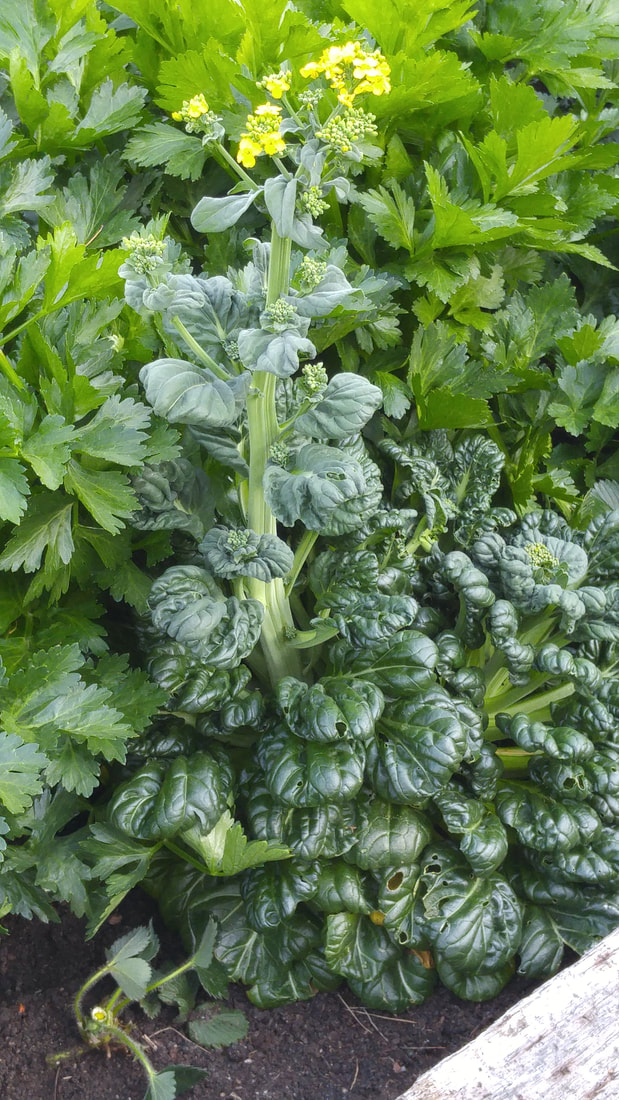
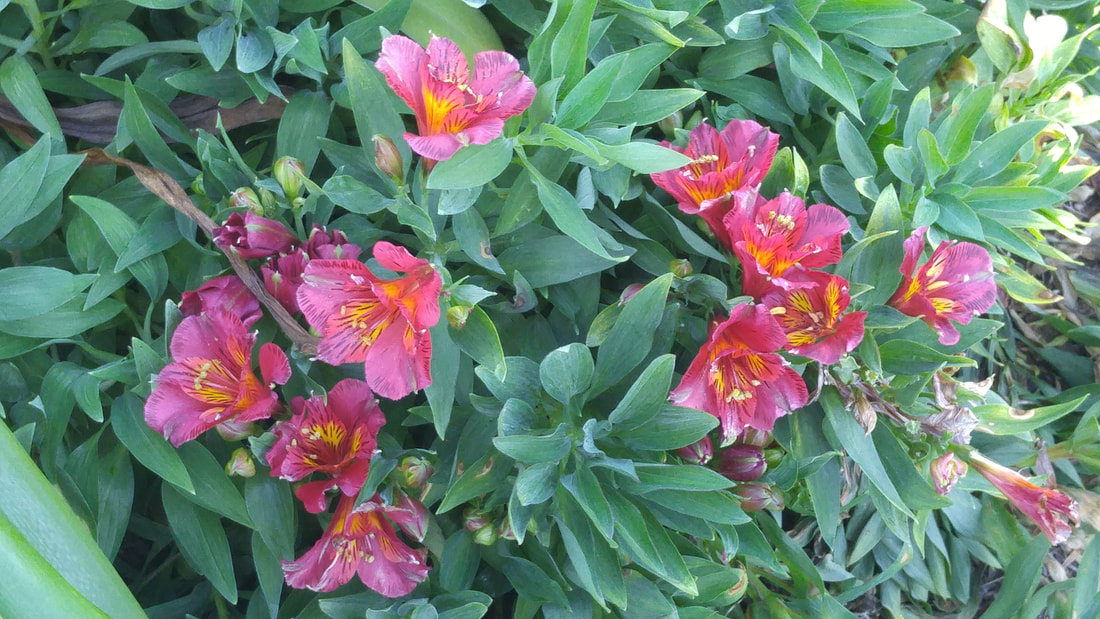
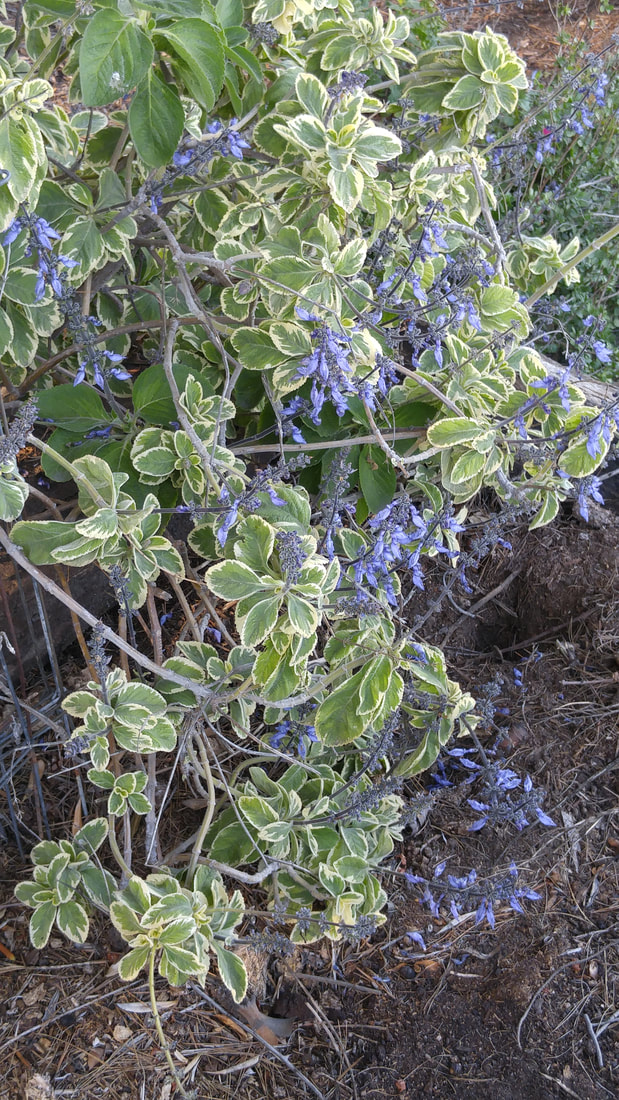
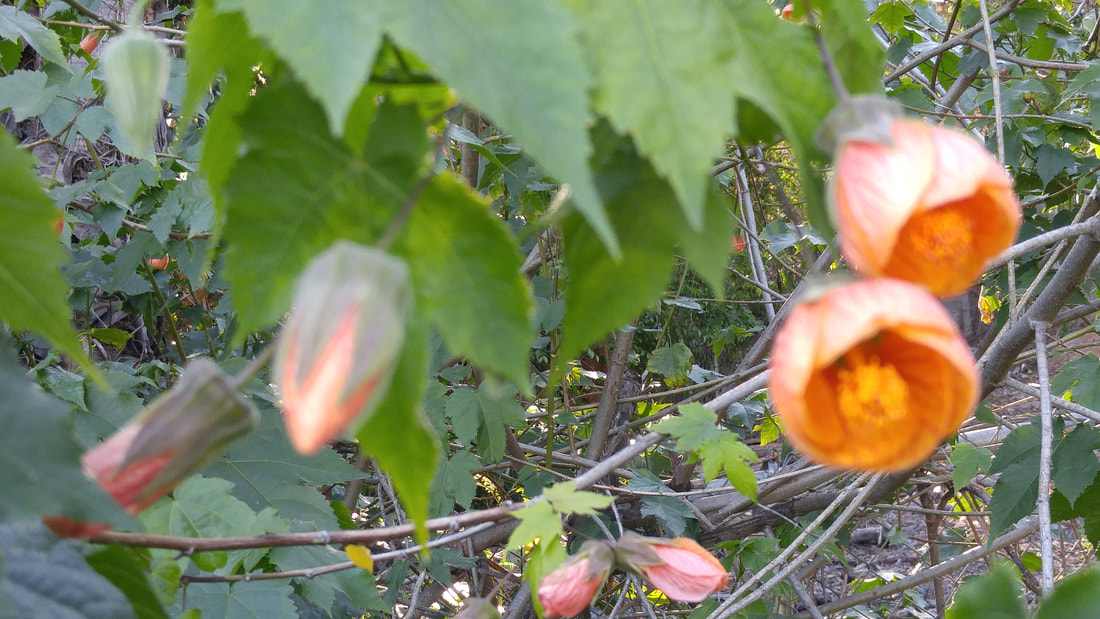
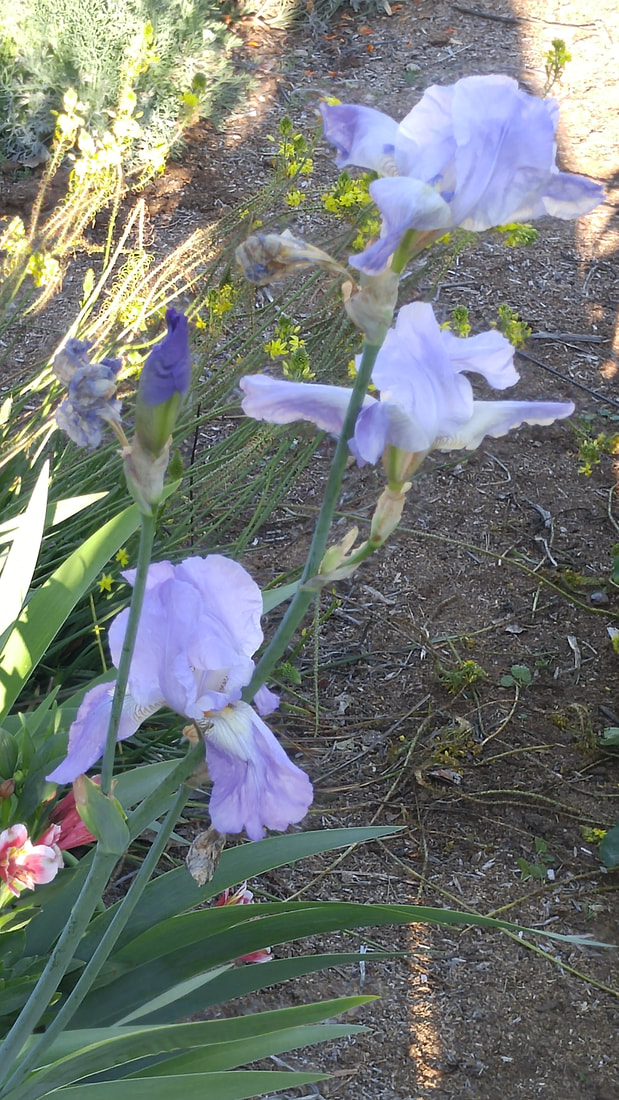
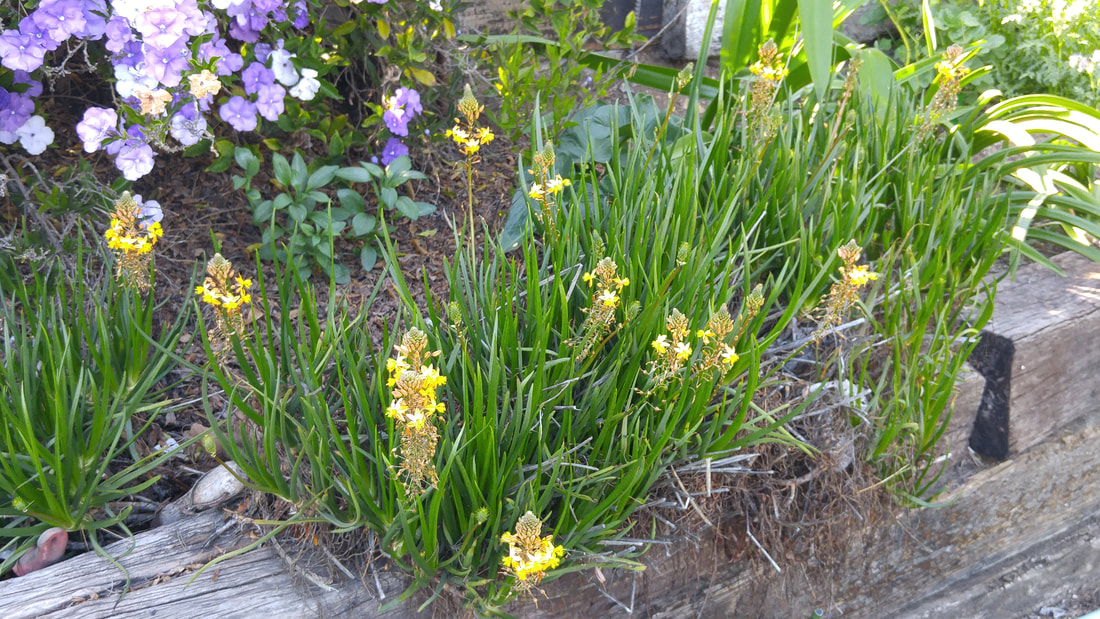

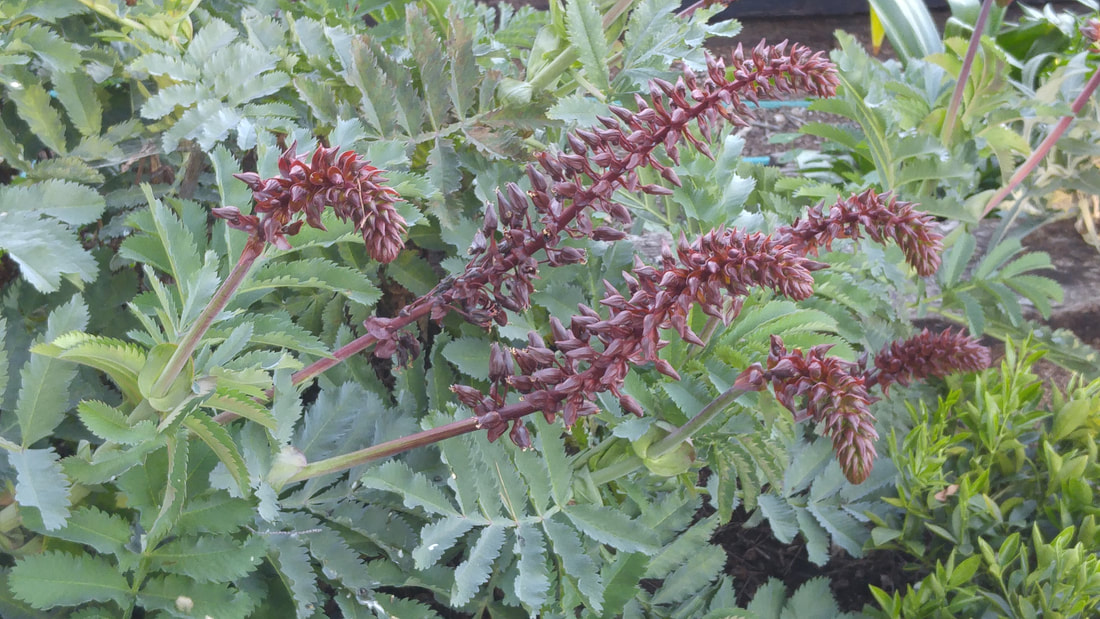
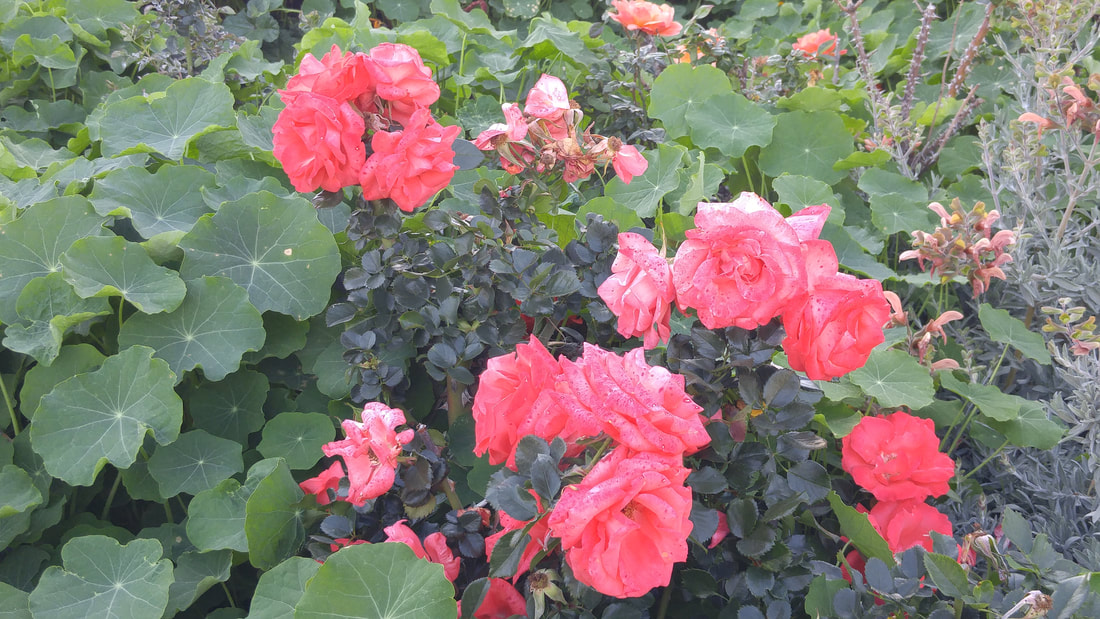
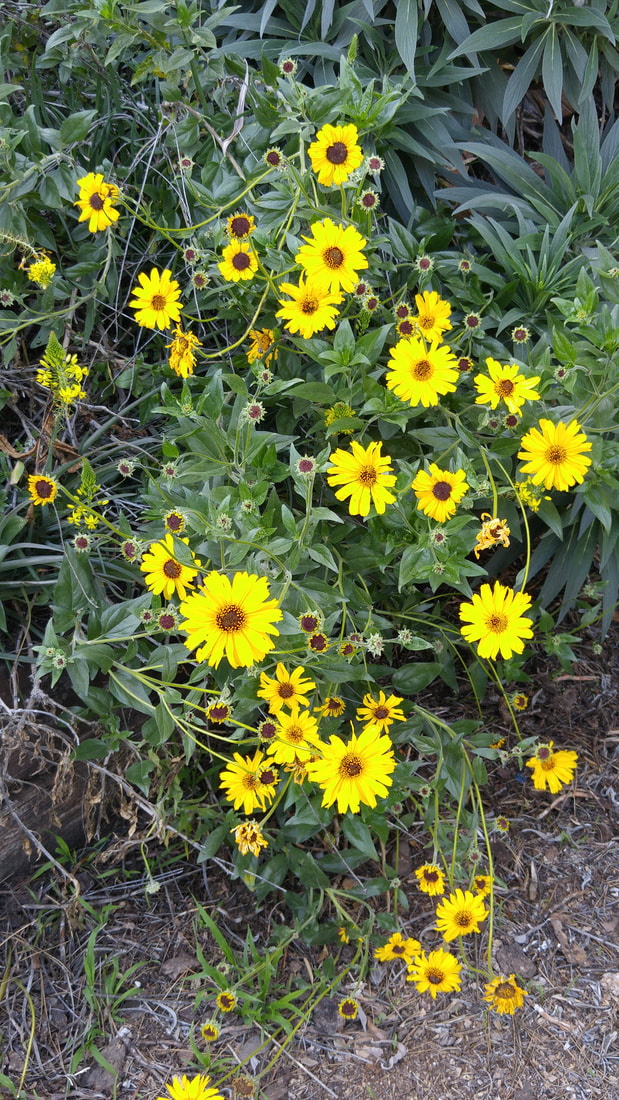
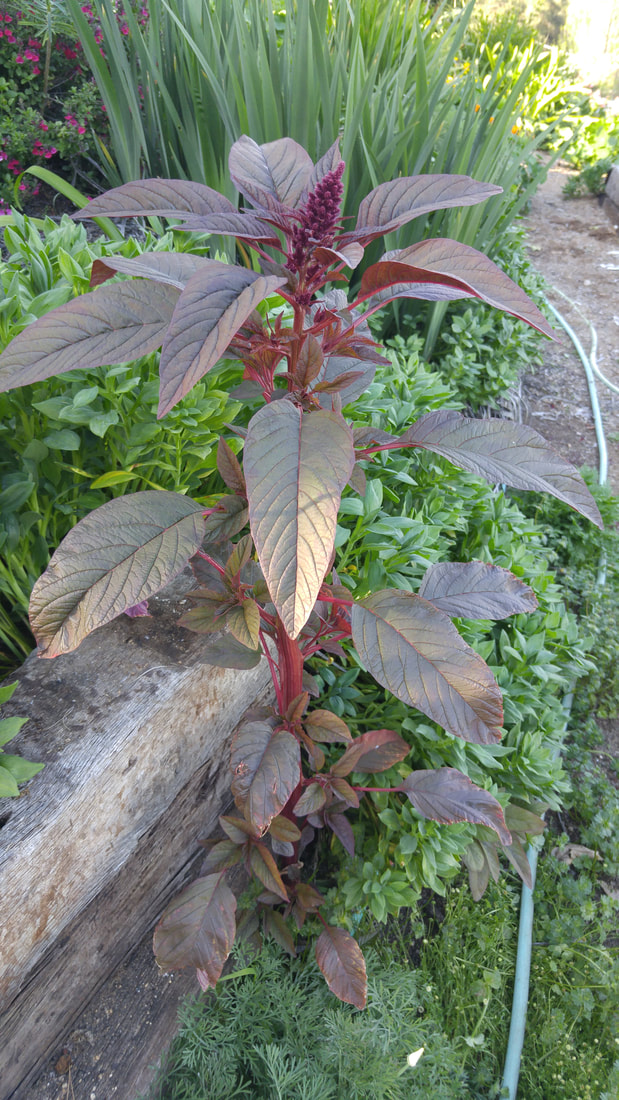
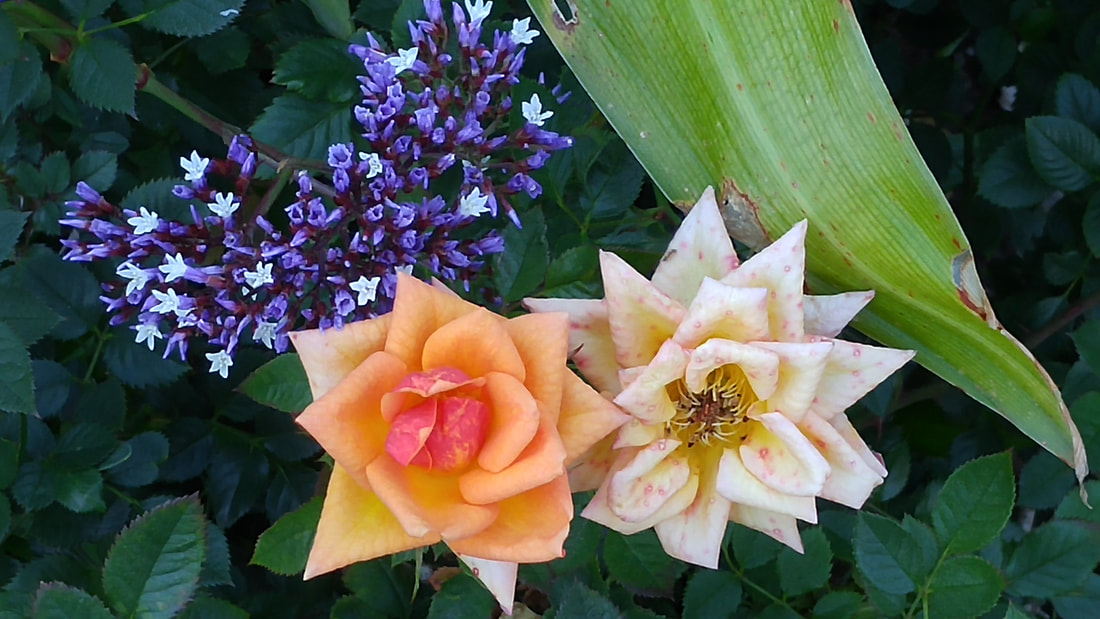
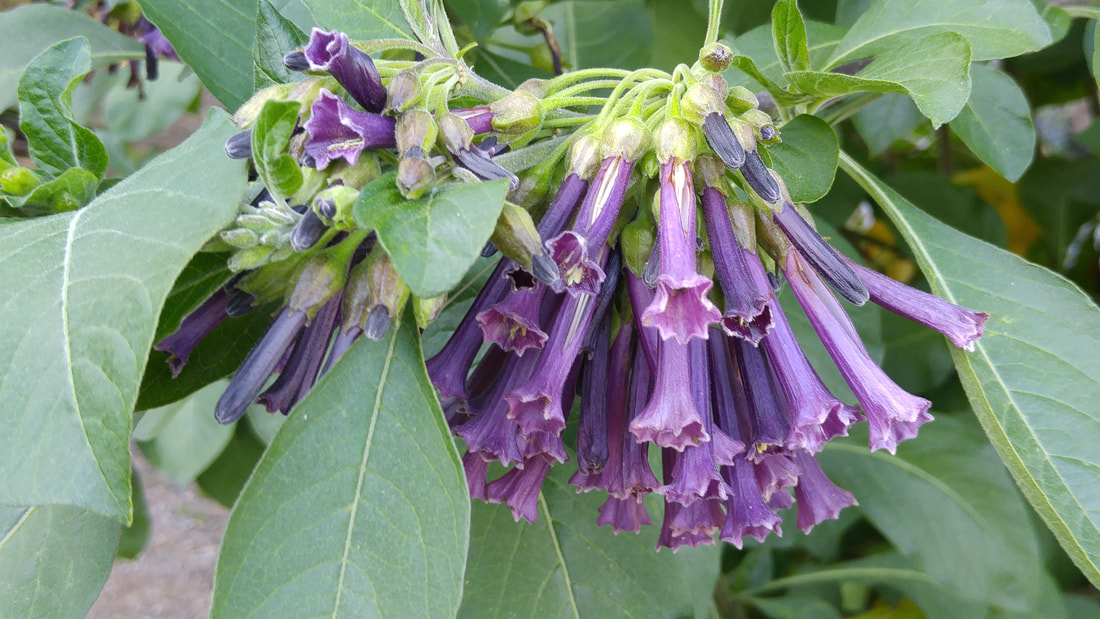

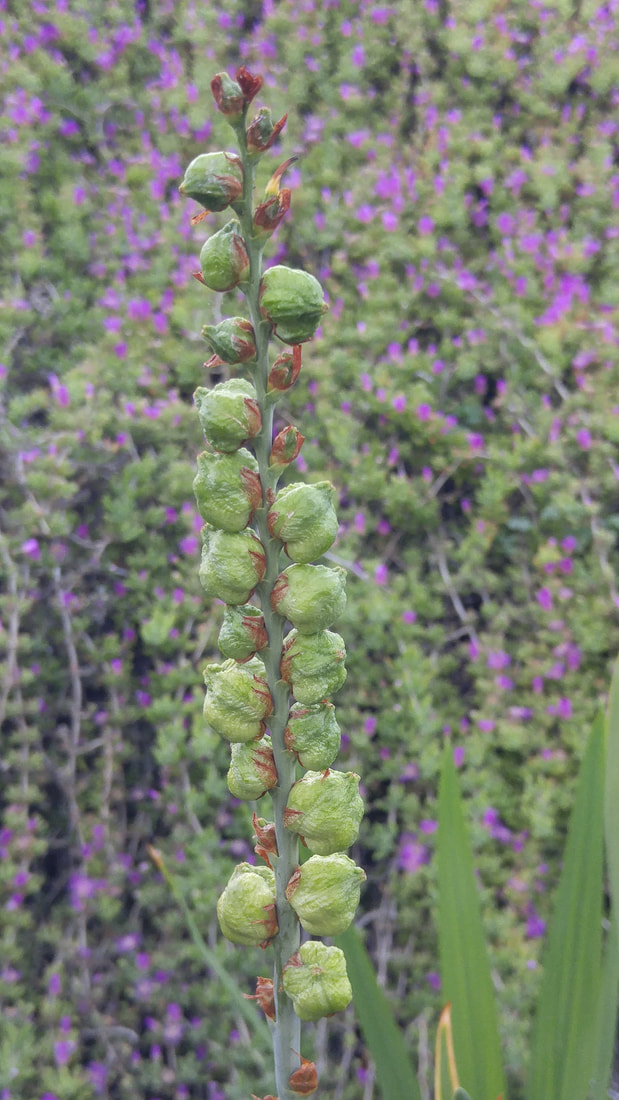
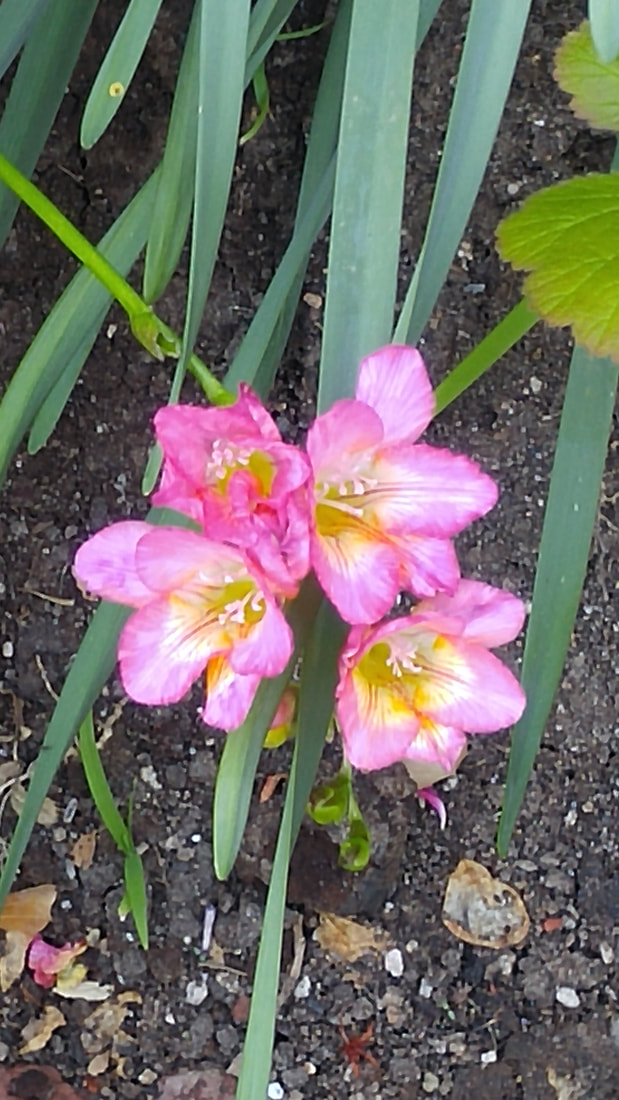
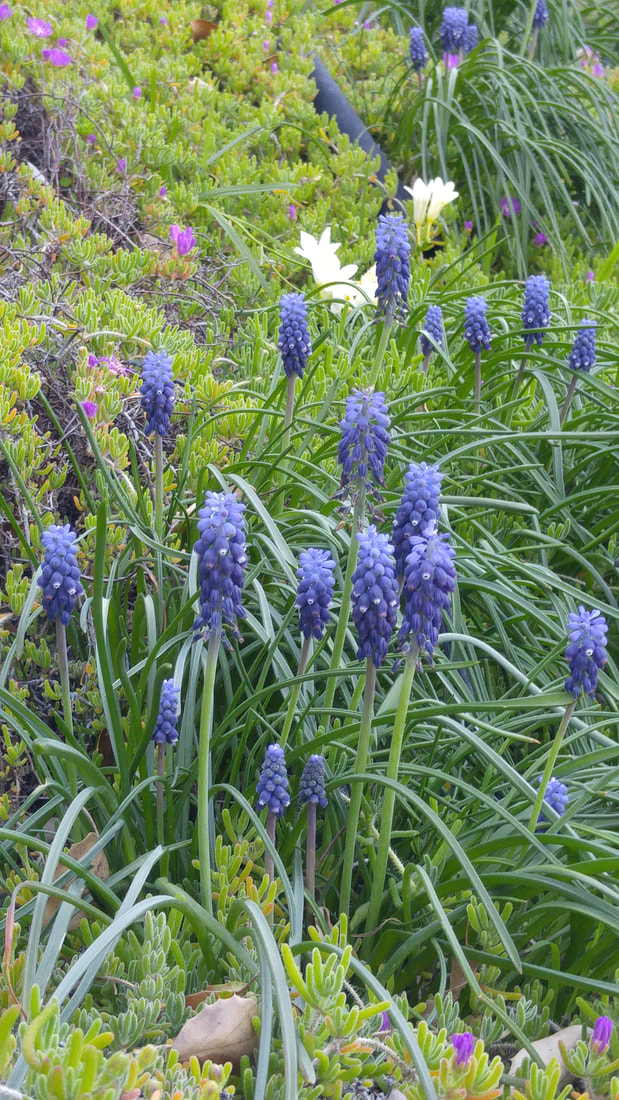
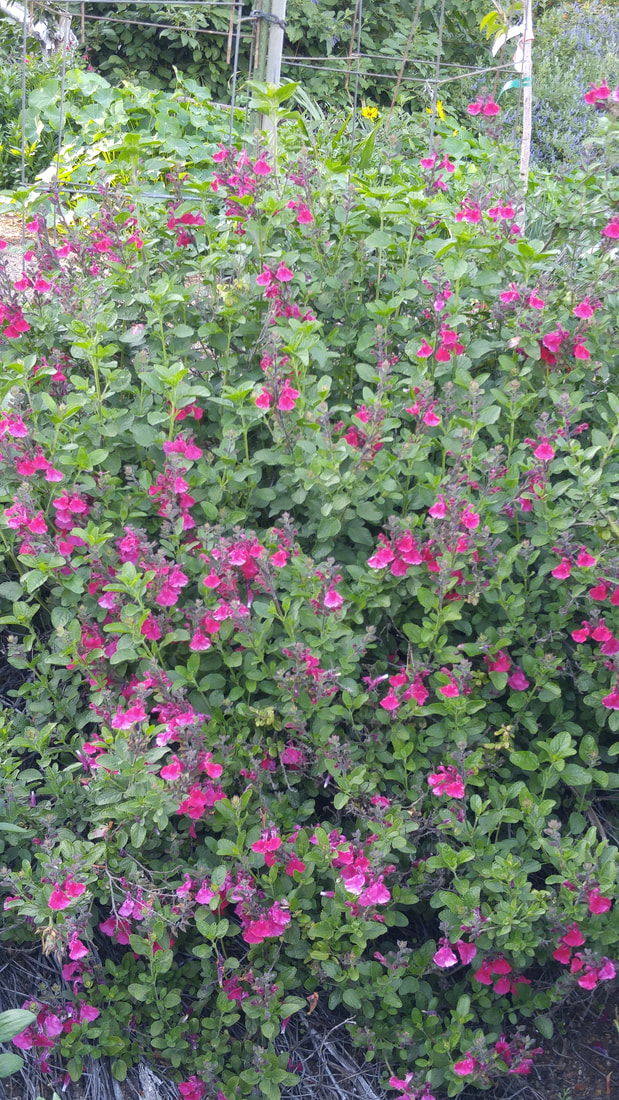
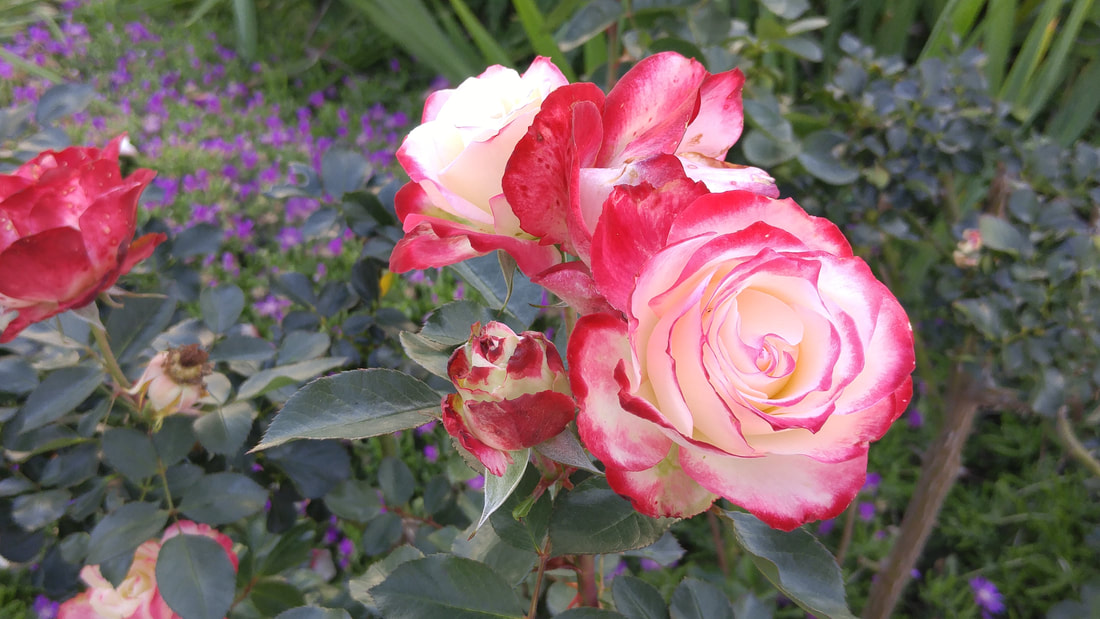
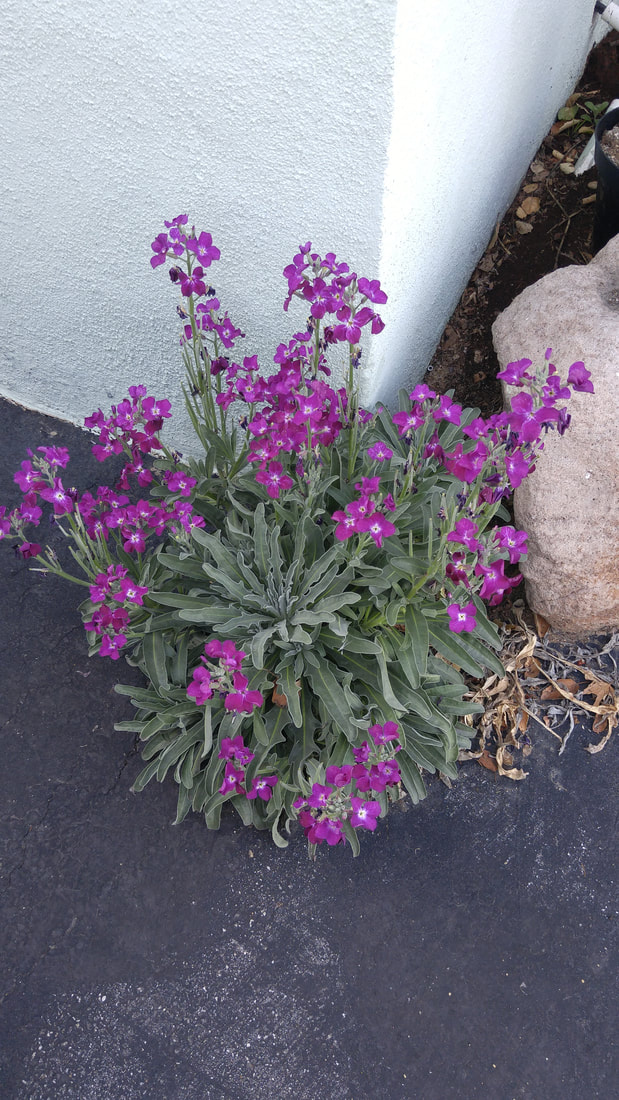
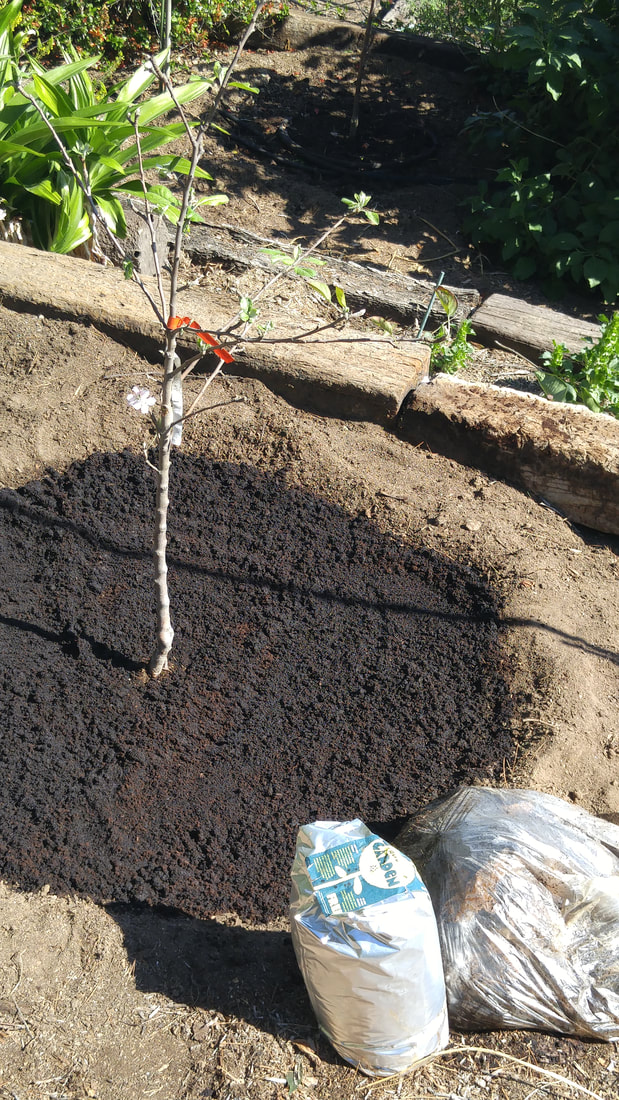
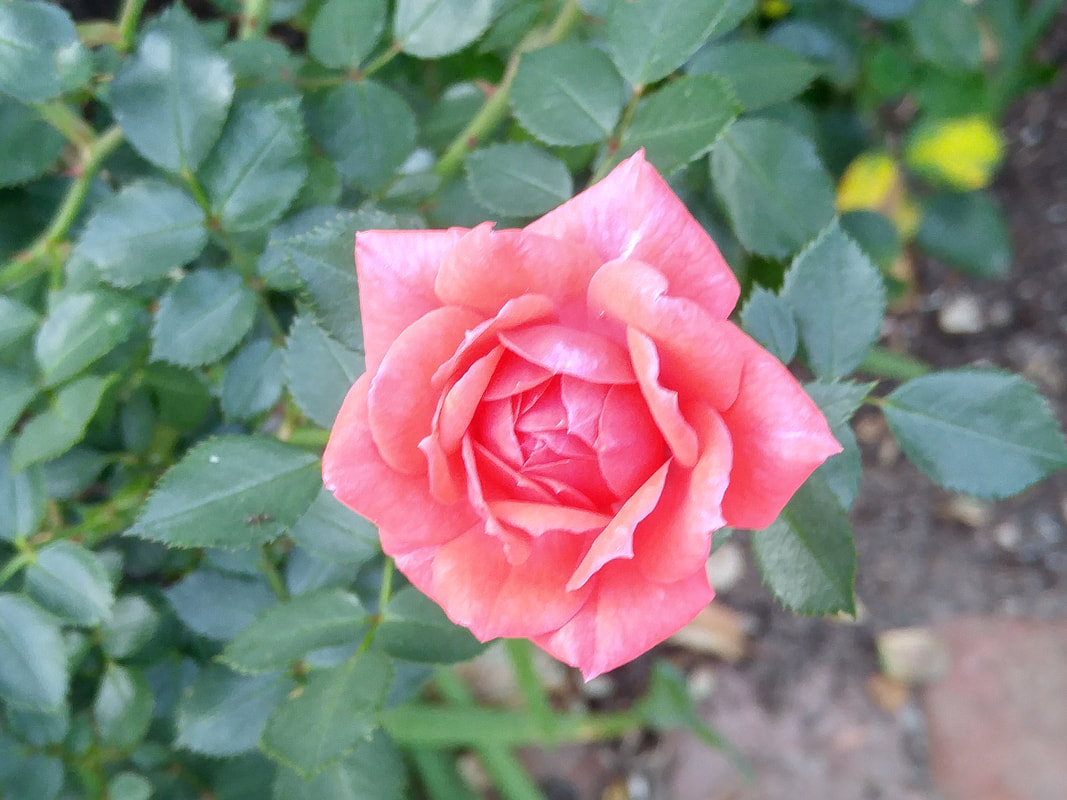
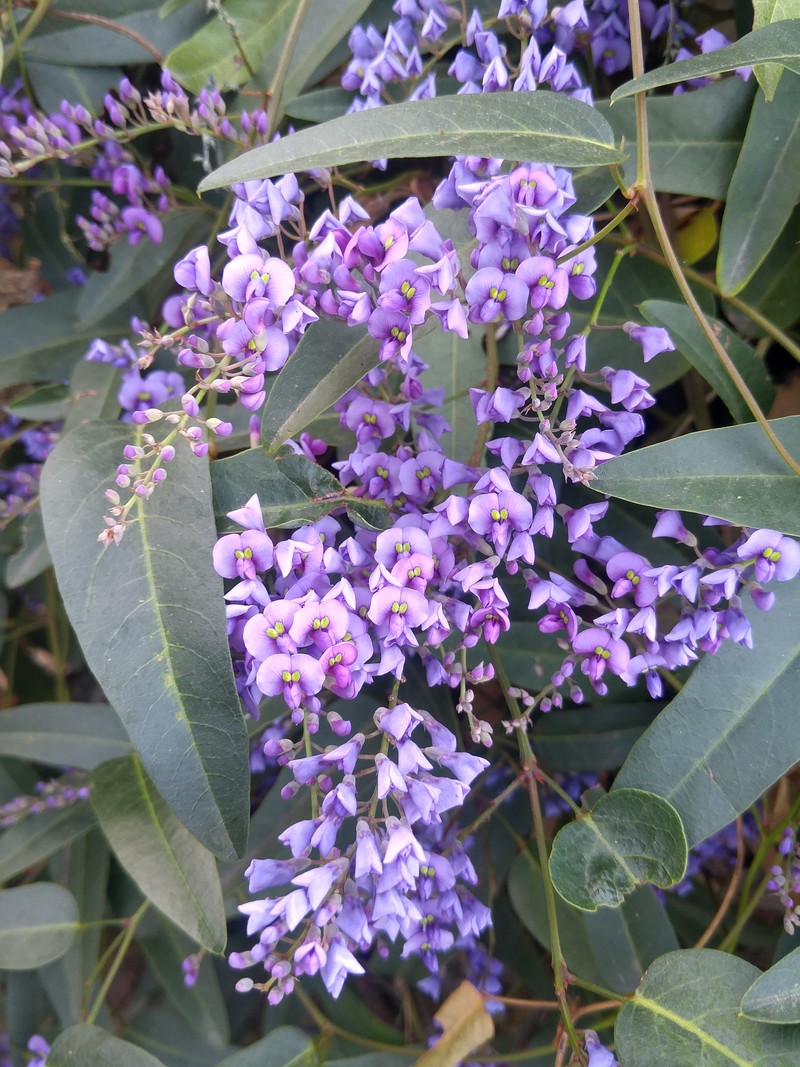
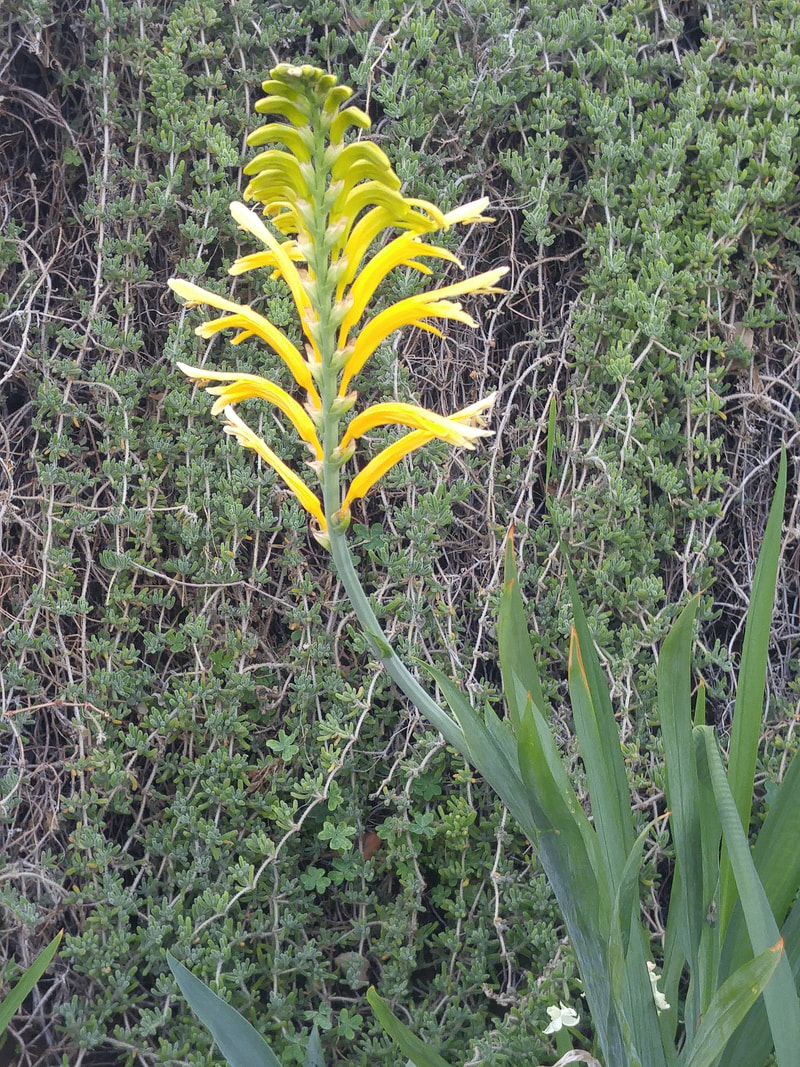
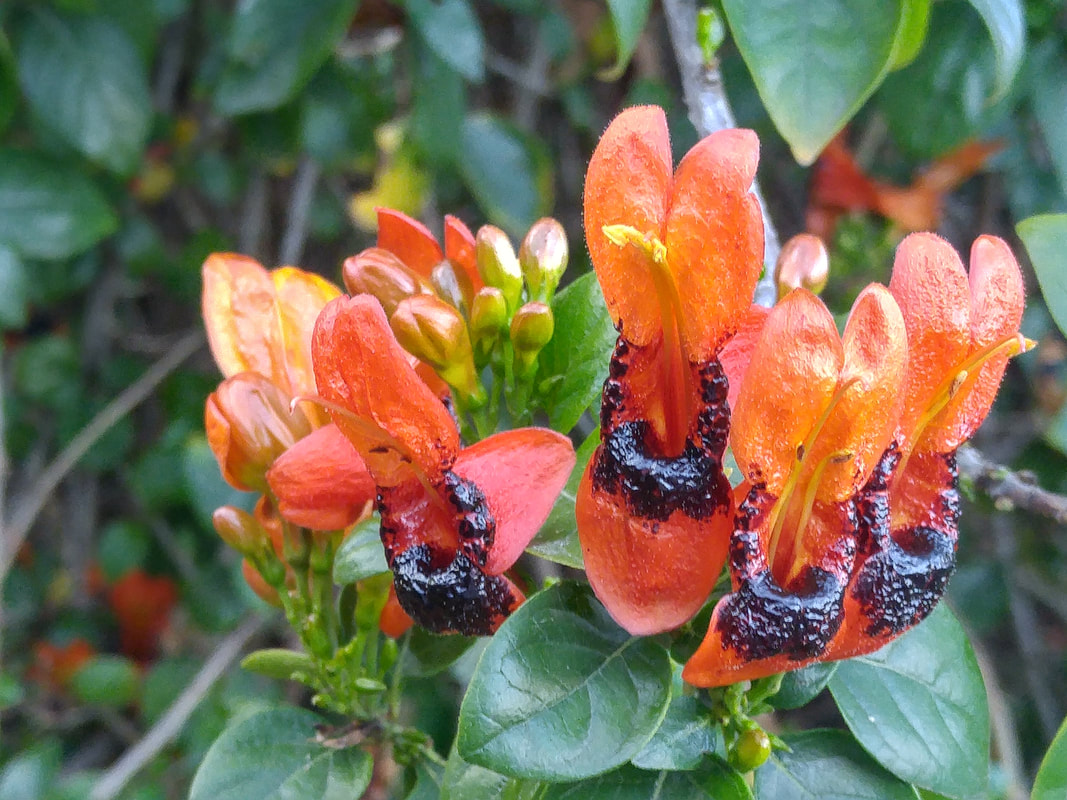
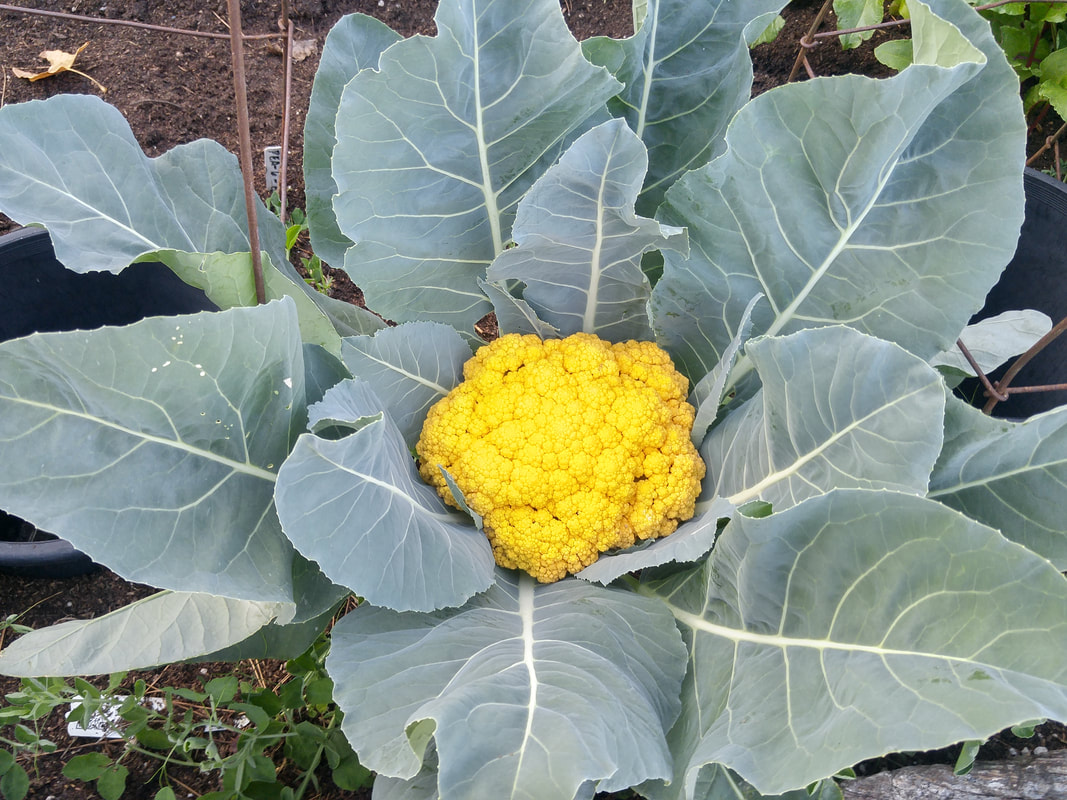
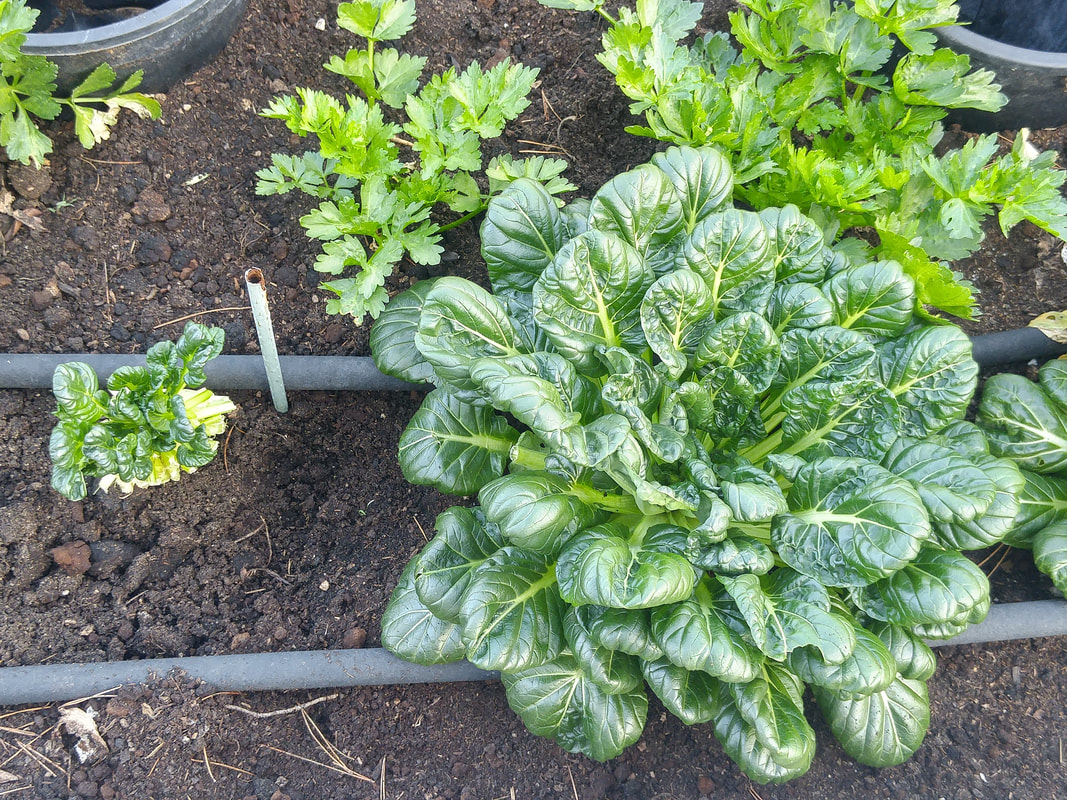
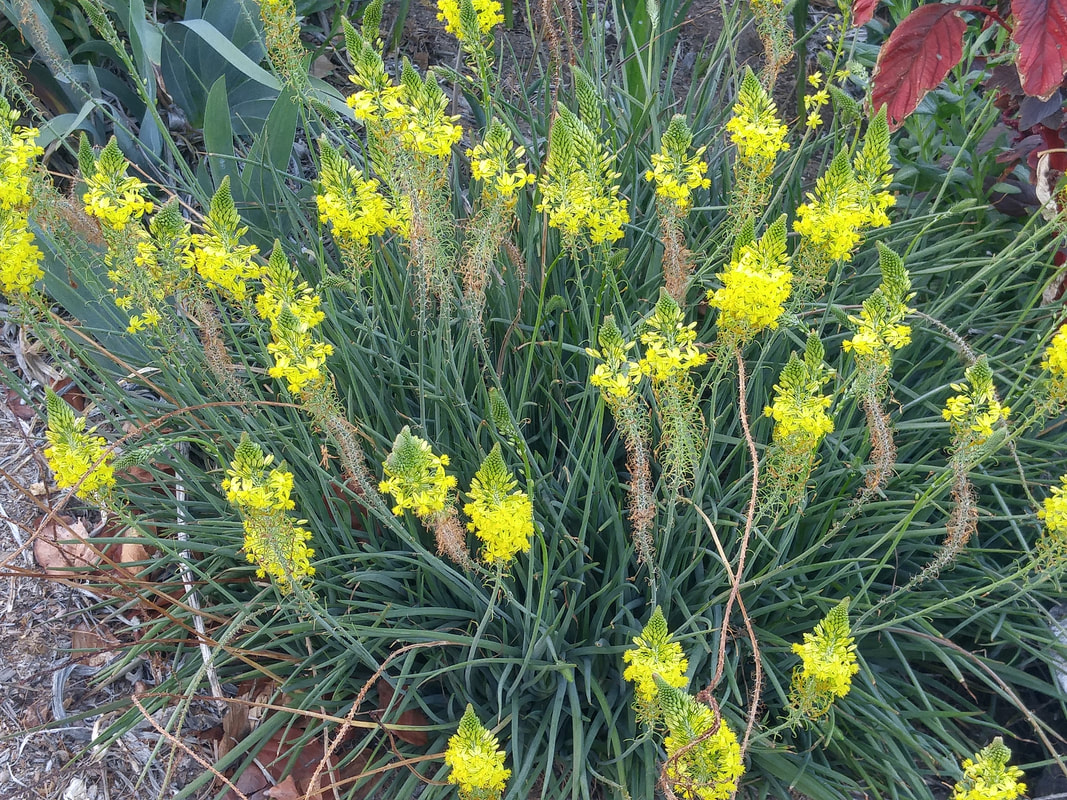
 RSS Feed
RSS Feed